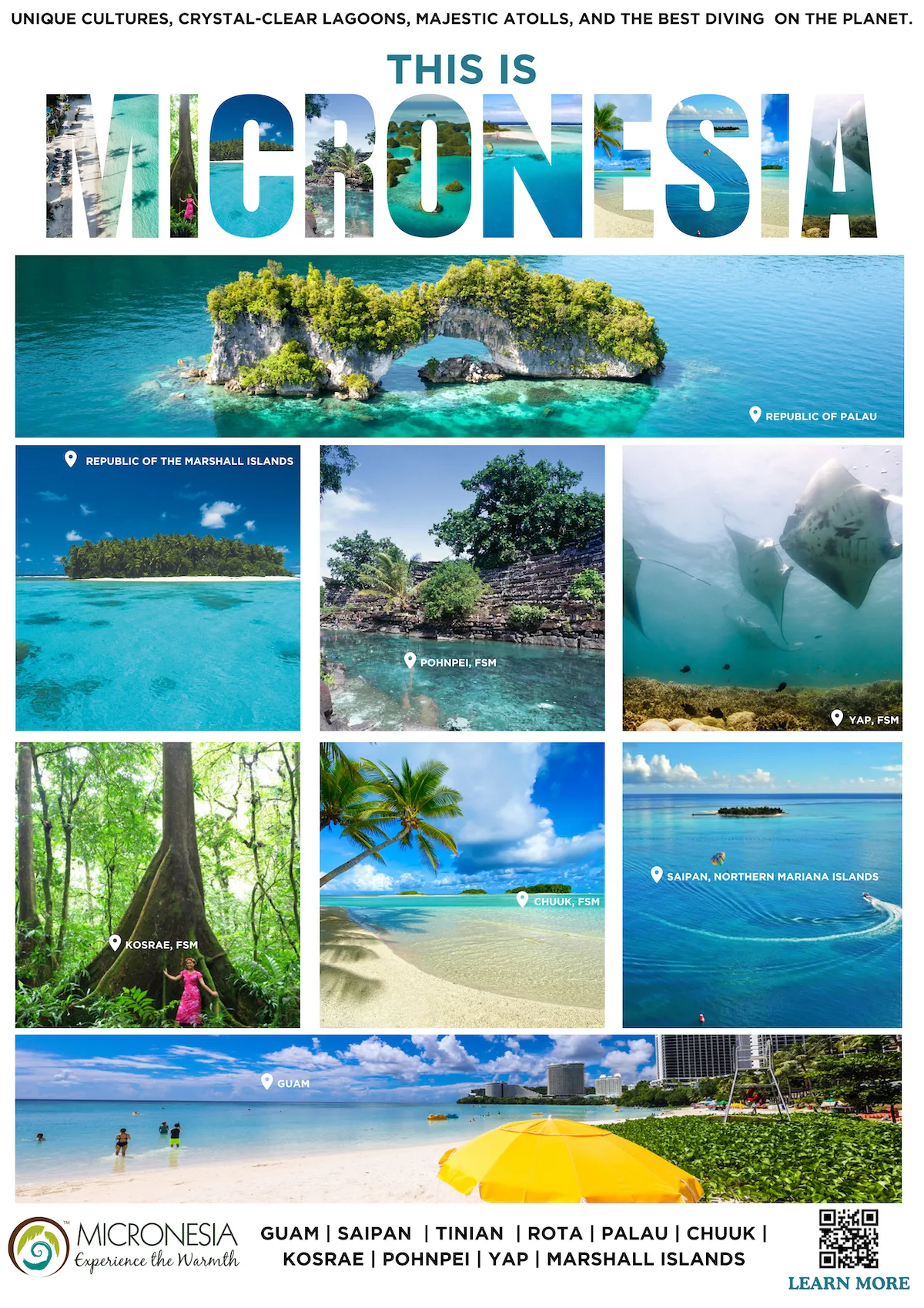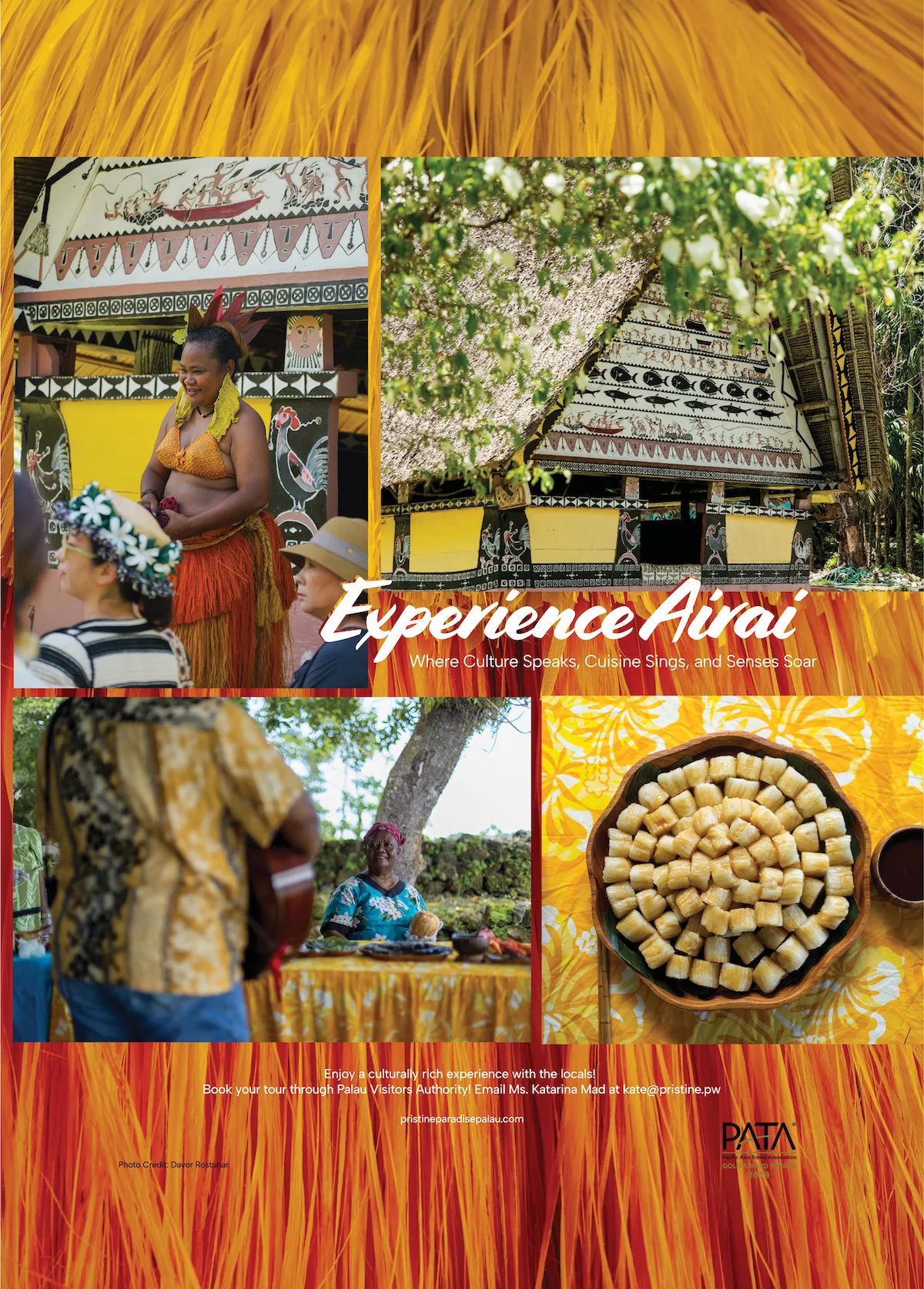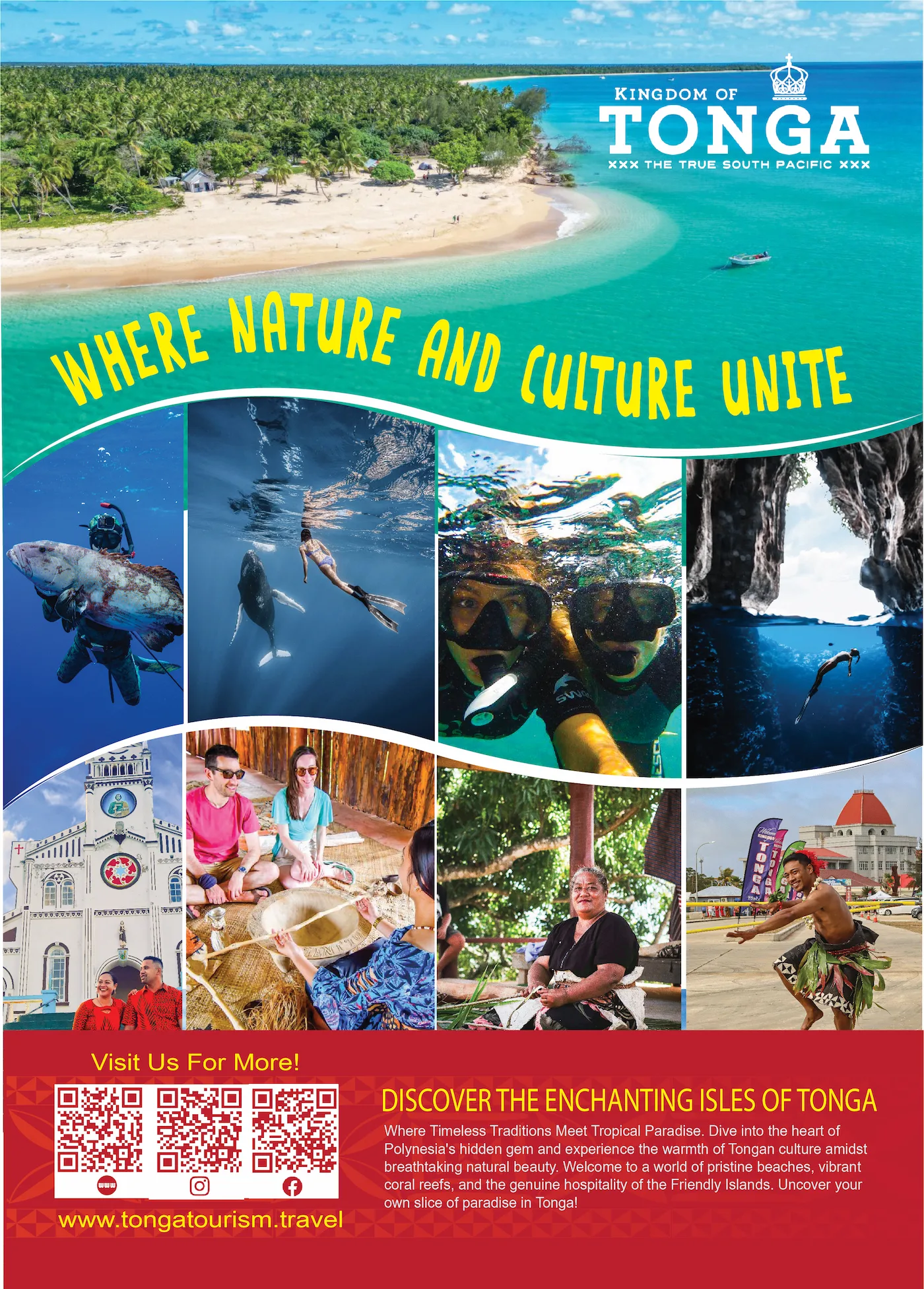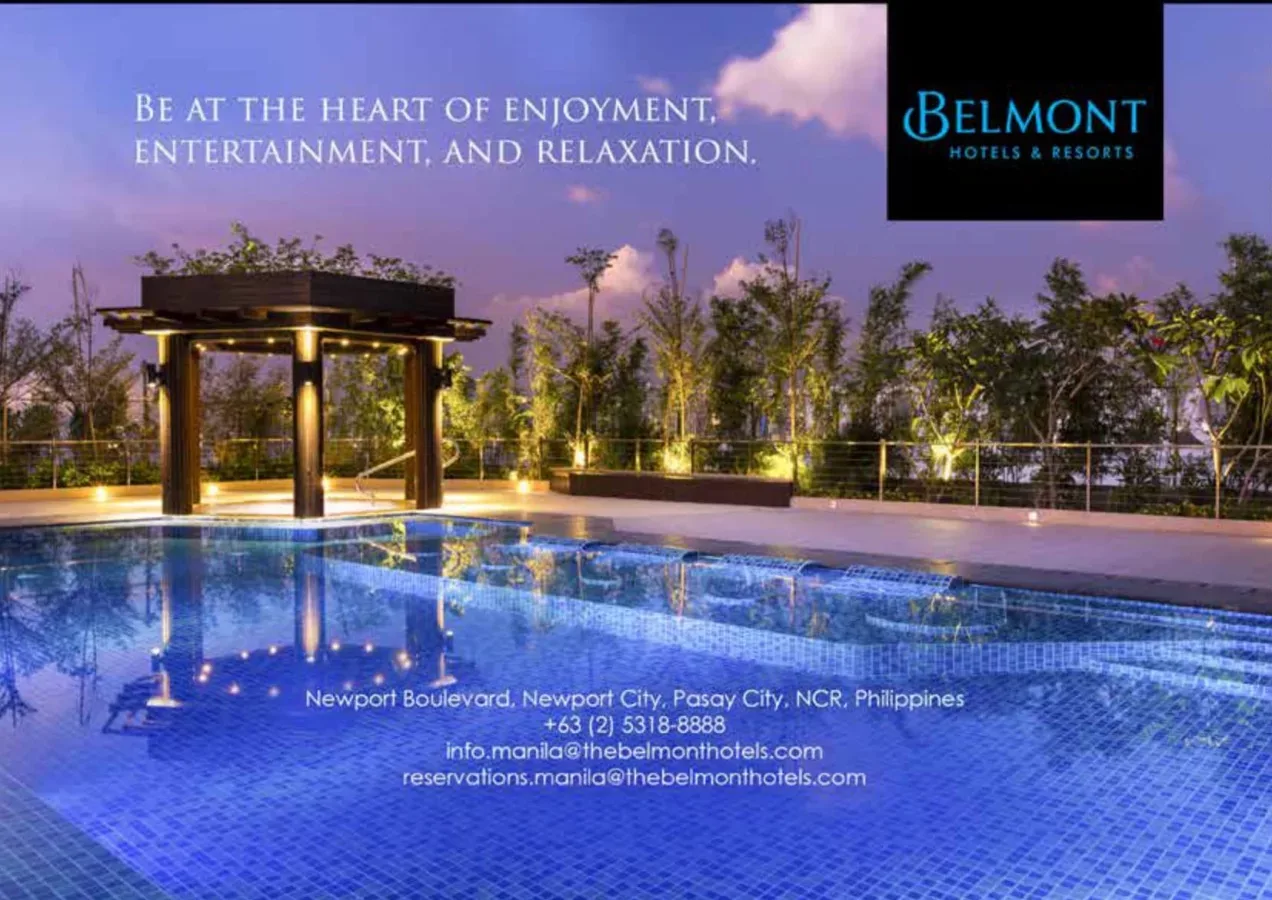The islands of Micronesia are spread over a great distance, yet each has its own culture and topographical personality. Set in sparkling waters which change shades of color from deep blue through to sea green, each one is ringed by coral reefs. Your first glimpse of these ‘pearls’ of the Pacific is of specks of land surrounded by necklaces of white waves. Each island is covered in lush tropical vegetation, but the real action is underwater where there is some of the richest and most varied of marine life to be found anywhere in the world.
People
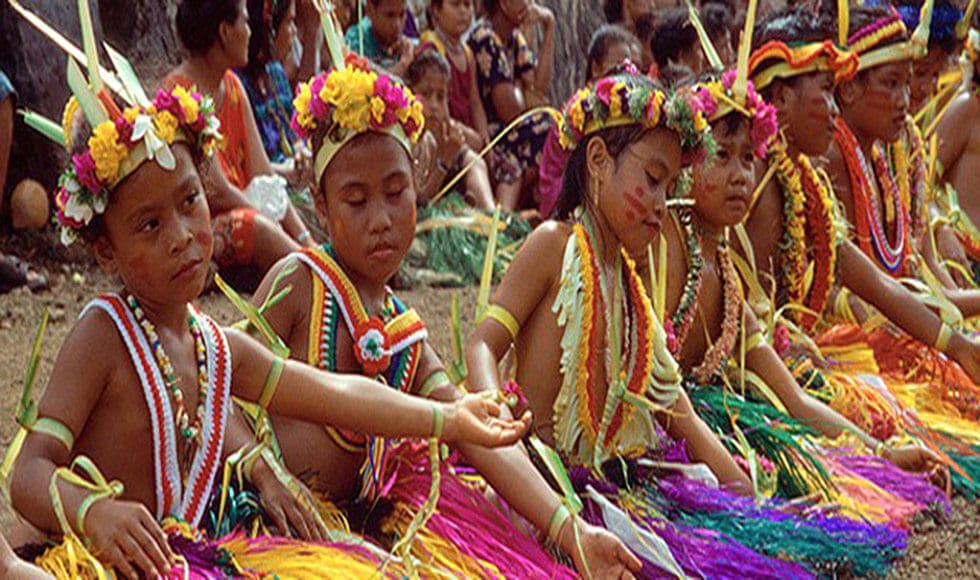 The islands vary in size and political status. The most well known are Guam, which is an American territory and serves as a gateway to the other island groups. The islands of Pohnpei, Chuuk (Truk), Kosrae and Yap elected to join a federal government known as the Federated States of Micronesia with headquarters in Pohnpei.
The islands vary in size and political status. The most well known are Guam, which is an American territory and serves as a gateway to the other island groups. The islands of Pohnpei, Chuuk (Truk), Kosrae and Yap elected to join a federal government known as the Federated States of Micronesia with headquarters in Pohnpei.
Nature
Palau and the Marshall Islands voted to remain independent and have established autonomous governments. Saipan, Rota, and Tinian became the Commonwealth of the Northern Mariana Islands (commonly referred to as the Marianas or Northern Marianas) with Saipan the capital.
The Sights
Geologically, culturally and naturally diverse, the islands of Micronesia offer a wide range of natural and man-made attractions to suit every taste. These differ from pristine underwater environments and lush island landscapes to sprawling resort areas with shopping and nightlife.
Where to Stay
Each island differs in accommodation. The more developed islands such as Guam, Saipan, and Palau have international hotels. Rota also has several new hotels and a resort with an 18–hole golf course. In the Marshall Islands guest accommodation on some of the outer islands is in traditional thatched huts with few amenities.

